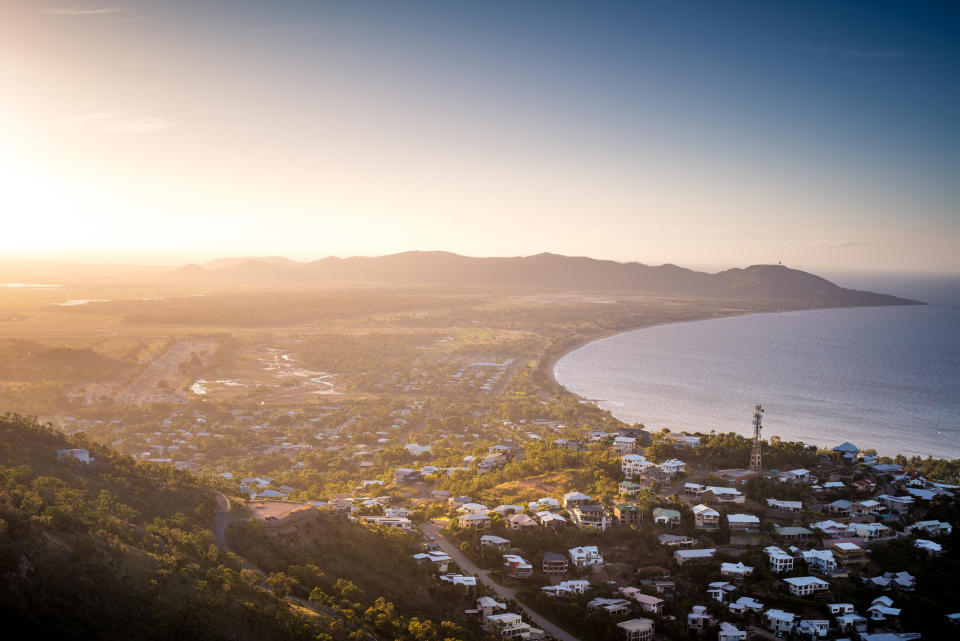More Aussies would move to regional areas for this one reason

Australians don’t need to be convinced to move to regional areas: they already are.
More than 400,000 people moved from Australian capital cities to regional areas in the five years to 2016, according to a report by the Regional Australia Institute.
“Many Australian residents are already looking to alternate opportunities offered in regional cities and towns,” the RIA states in its national population plan for regional Australia, released on Thursday.
“This shift is due, in part, to the challenges facing capital cities in keeping pace with improved infrastructure, increased services, and equitable access to housing.”
There is a commonly held view that the population of regional Australia is declining, struggling to attract permanent residents, and in need of incentives for migrants to move and stay.
“However, the reality is that regional areas are experiencing population growth and overseas-born residents are a significant, and in some cases, the only contributor to that growth,” the report said.
But the movement of people could be increased by funnelling investment in infrastructure into regional cities and towns, the institute has recommended.
“In order for regions to continue to grow and attract new residents, there needs to be a more equitable investment in their infrastructure and services to build appealing, adaptable and viable communities that people want to live in and contribute to in the long term,” the report said.
That comes as infrastructure is “strongly weighted to solving problems in capital cities”.
“Rebalancing of population-supporting infrastructure from urban fringe to regional cities will rebalance flows as well.”
In the same period, Australia’s overall population grew by more than 1.5 million.
The Institute noted new migrants tended to use big capital cities as a “gateway” for living in Australia, with only one in 10 new arrivals between 2011 and 2016 settling in a regional area off the bat.
If they followed the settlement trends of other Australians, an extra 213,081 migrants would have moved to regional areas in that time.
Moving to regional areas was most popular among people aged 30 to 39 and 60 to 69.
The report comes after the government earlier this month revealed a plan to fast-track visas for skilled migrants who are willing to live in regional Australia.
Department of Home Affairs officials will also travel to regional areas to help local businesses attract more skilled workers.
–with AAP
Make your money work with Yahoo Finance’s daily newsletter. Sign up here and stay on top of the latest money, news and tech news.
Now read: Here’s how much Aussie property prices are being slashed all across Australia
Now read: Why a second passport is the new ‘must have item’ for the world’s richest people
Now read: Arrears pain is dull but mortgage regulation is excruciating

 Yahoo Finance
Yahoo Finance 
